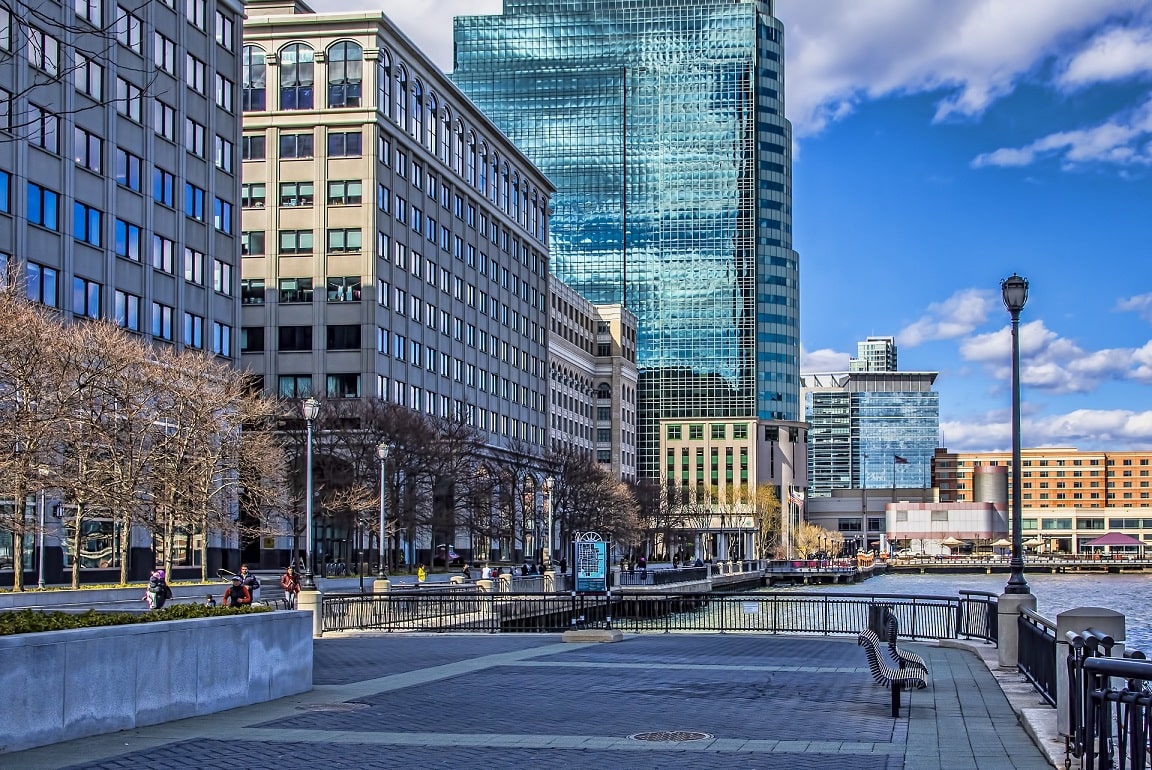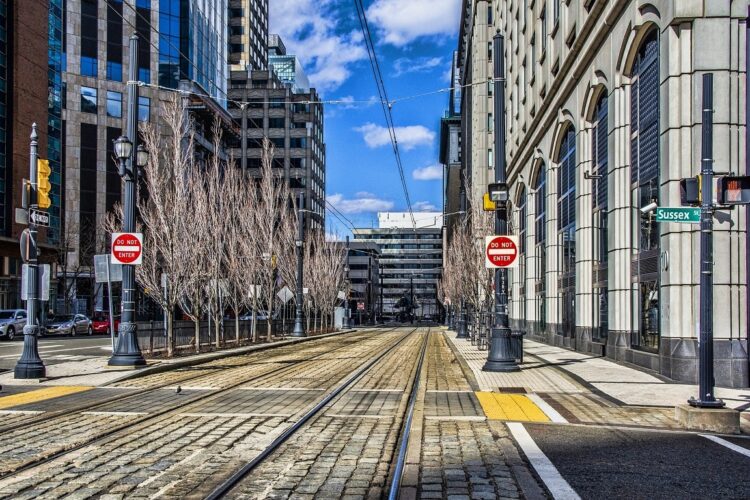As with most industries, professional movers use certain terminology to refer to specific types of services, charges, and fees. Understanding these moving terms can help you better understand your quote and final bill. Plus, it can save you money in the long run as you may end up paying more for your move than you expected or getting a service that you don’t want.
Below is some typical moving terminology you might hear or find on your quote and/or final bill. If there are terms your movers use that you don’t understand, don’t be afraid to stop and ask. The more knowledge and understanding you have about the process, the better.
Frequently Used Moving Terms
Accessorial Services – these are additional services provided by professional movers that are not part of standard service. This could include bulky article moving, stair fees, etc.
Actual Charges – The final cost of the move from start to finish including all additional fees.
Advanced Charges – These charges are for moving services the moving company does not perform, but by a professional, craftsman, or a third party at your request. A good example of this is disassembling a custom-made closet or murphy bed. You could ask the movers to bring on a professional to do this if they do not provide this service. The charges will be paid by the mover and added to your invoice.
Appliance Service – the preparation of major appliances such as stoves, refrigerators, etc. to make them safe for transport
Arrival Window – the set hours or dates where your movers will arrive at your pick-up location. This is normally a 2-hour window where the movers will plan to arrive at your location to start the move.
Assembly and Disassembly – taking apart furniture before loading it onto a truck and putting it back together at the destination.
Bill of Lading – A legally binding document that outlines all the details of the move from moving date to items loaded onto the truck. The receipt for your goods and the final contract for their transportation. This also services as a receipt of your agreement with the moving company.
Binding/Non-Binding Estimate – before you choose your movers, you should always get an estimate on the cost of the move. In general, you want to go with movers that provide a binding estimate as this guarantees the total cost of the move based on the quantities and services shown on the estimate. A non-binding estimate provides a general estimate of the final cost including accessorial services, but the final bill can change based on the actual time/weight of your belongings. This means you could end up spending more money than you initially expected.
Bulky Article – Some moving companies will charge you extra for large items such as pianos, pool tables, big-screen TVs, and more.
Booking Agent – The person that accepts the order for the move and schedules the moving crew and truck for the move.
Cancellation Conditions – This policy governs the conditions and timing in which customers can cancel their booking without incurring any costs. Most moving companies (including NJ Great Movers) provide clear guidelines as to how much notice is required for cancellation.
Carrier – another word for moving company
Cash on Delivery (COD) – When you agree to pay upon delivery of your items to the destination.
Certificate of Insurance (COI) – a form that confirms your moving company has an insurance policy that covers liability and loss up to the insurance limits required by a building. For many apartment buildings, these forms are required in order to move into the building. Your moving company will be the one to supply this certificate directly to building management or the building super.
Claim – An insurance claim filed for loss, damage, or delay or delivery of your belongings during any stage of the move or storage.
Contactless Move – with the advent of COVID-19, contactless moves have become the norm. These moves enable a customer to not be in attendance the day of the move. This option does negate some liability options.
Delivery Window – This sets the hours and/or dates when the movers will arrive with your belongings at the destination. These dates will be listed on the Bill of Lading and Order for Service so make sure to double-check both these documents.
Expedited Service – an agreement with the mover to transport your belongings by a set date in exchange for additional charges.
Fixed Rate – a fixed rate is an upfront price based on the information you provide during the initial quote. NJ Great Movers customer service team has a 99 percent accuracy rate on our estimates, so long as you provide all the necessary details and services you want to include.
Flight Charge – an extra charge for carrying up and down flights of stairs.
Full Service – If you opt for this service, the movers will take care of every aspect of the move including packing everything up, disassembling and assembling all the furniture, and, of course, getting your items to their destination. This service will cost more money than if you pack yourself, but it’s great for people who don’t have the time or ability to do it themselves.
Full Value Protection Insurance – an insurance policy that covers the current market value of an item, an item’s replacement, or the cost of repair if it’s damaged or lost. You generally need to go through a third-party insurance company to get this protection. This is worth the cost if you happen to have a lot of high-value assets.
High-Value Article – items that cost more than $100 per pound should be disclosed to movers to ensure they are protected accordingly. Examples include computers, fixed-screen TVs, artwork, etc. Make sure to list all of these items on the high-value inventory form provided to you by the movers.
Interstate Move – relocation of your belongings from one state to a different state. If you are making an interstate move, make sure to ask the movers if they have these three things: a US DOT number, a license from the Federal Motor Carrier Safety Administration, and adequate insurance as a condition of maintaining the license. We at NJ Great Movers have all three!
Intrastate Move – This is the most common move in the United States. You are simply moving your belongings within the same state, just to a different city. These moves are not regulated by the Federal Motor Carrier Safety Administration.
Inventory – a list of all your belongings and the number and condition of each. Your inventory is linked to your chosen insurance option.
Linehaul Charges – the charge for the vehicle transportation part of your move.
Long Carry – An added charge for carrying items an excessive distance between the mover’s vehicle and the final destination. NJ Great Movers does not charge for long carry!
Minimum Carrier Liability – Also known as Basic Protection or Released Value Protection, this is the basic insurance that covers your belongings should anything get lost or damaged during a move. There’s no additional charge, but you’re only covered up to 60 cents per pound per item.
Moving Crew – the team assigned to you for your move. This typically comprises of 2-3 people including the foreman, who you can go to with any questions or complaints.
Non-Allowable List – a list of items that movers will not transport such as ammunition, gasoline, and other hazardous items. Other items might include live plants, pets, chemistry sets, and perishable foods.
Order for Service – a document authorizing the moving company to move your items. This is included in the Bill of Lading.
Packing Supplies – items used to protect and buffer items for transportation such as boxes, packing paper, stretch wrap, moving blankets, etc.
Packed by Owner (PBO) – As the term indicates, this acronym means that you have packed everything yourself. While this can save you money, many movers will not reimburse you if any damages are caused due to poor packing on your part.
Storage-In-Transit (SIT) – Temporary warehouse storage of your items pending further transportation. So if your new house or apartment isn’t quite ready to occupy, you will request this service.
Special Handling Fee – If you request a special service such as moving a piano, TV dismounting, full packing, etc. these are considered special handling services and will incur a unique fee.
Tariff – a list of the moving company’s rates, rules, and regulations. The tariff may vary based on the type of move.
Transit Time – the time spent in transit between your old home and the destination.
Travel Time – the time spent by the movers getting to and from your old home and destination to the mover’s garage.
USDOT Number – A registration number for any vehicle that transports cargo across state lines. This number is regulated by the Federal Motor Carrier Safety Administration under the US Department of Transportation.
Conclusion
Moving can be overwhelming for most people, but knowing the right moving terms can help make it less confusing. Whether you’re planning a move or just thinking about it, you should familiarize yourself with the above. If nothing else, print out this list so you can have it on hand as a cheat sheet when you decide to call movers.


